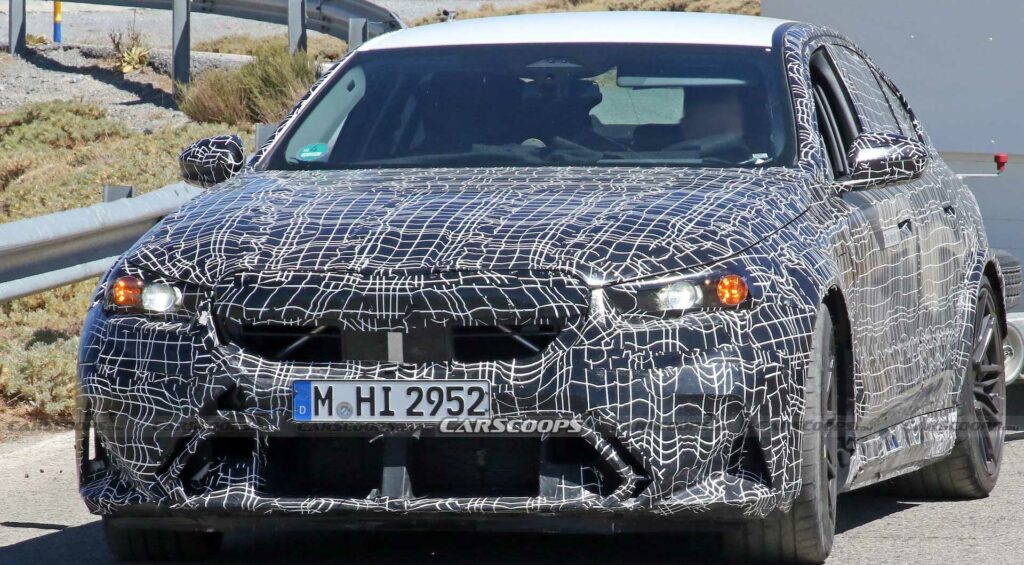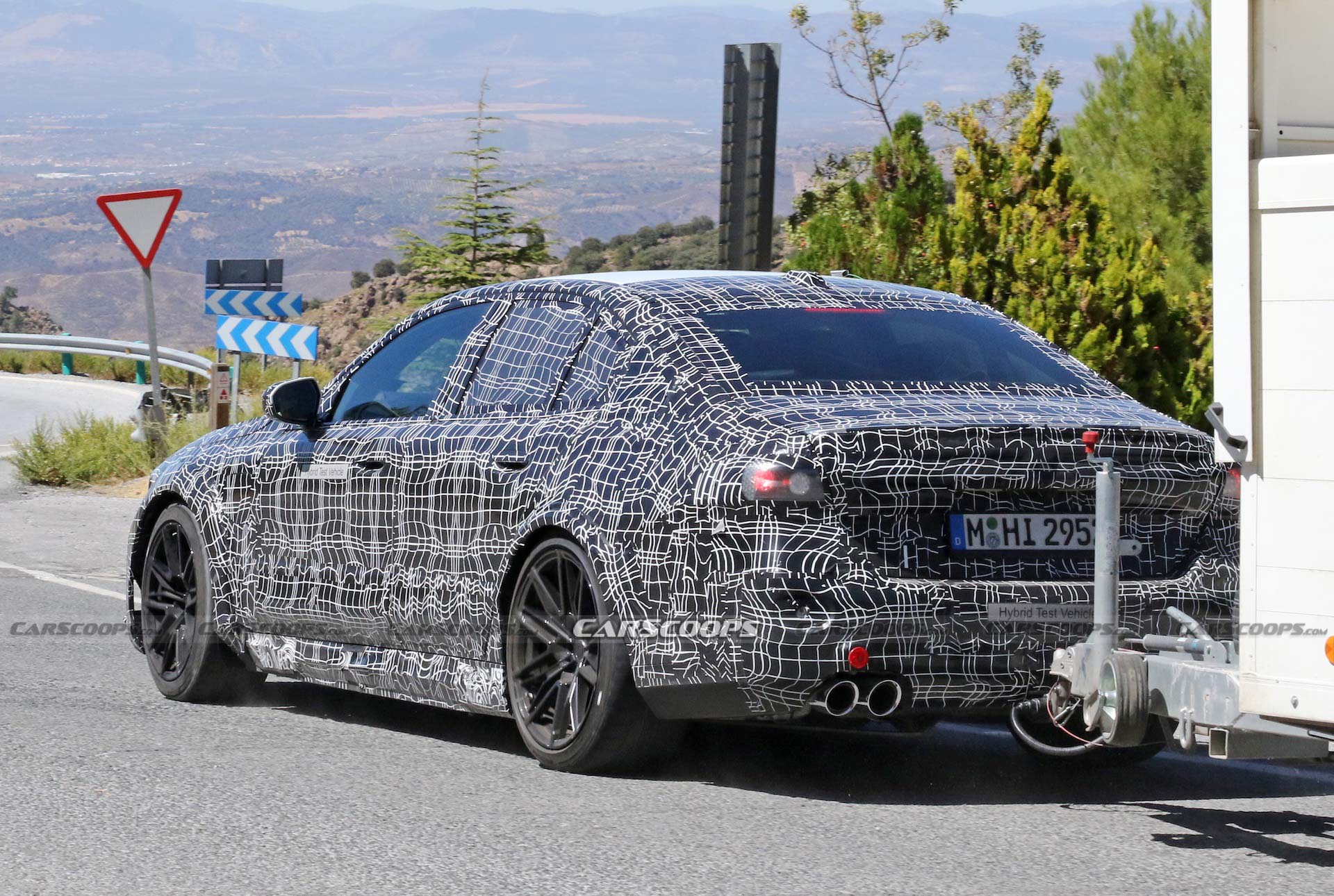Subaru Legacy to Be Discontinued After 2025
After 7 generations of Legacy models, Subaru has decided to call it quits. Subaru’s oldest model, the Legacy is being discontinued after 2025. This recent announcement marks a market shift from ICE passenger cars to SUVs, crossovers and EVs.

The first-generation Legacy, or also known as the Liberty in Australia, was Subaru’s flagship vehicle that uniquely offered all-wheel drive, four-wheel disc brakes, fully independent suspension and multi-point fuel injection as a standard feature. The Legacy came in a sedan and wagon which became the foundation for the Outback.
Legacy models sold in the US have been assembled at Subaru’s plant in Indiana. Subaru has made over $1.3 million in sales in the US and has a reputation for its safety and reliability. Over 94% of Legacy cars sold in the last 10 years are still on the road today, accord to Subaru of America’s website. The model has also been an IIHS Top Safety Pick for 18 years running.
The Legacy was first manufactured in 1989 and is in its seventh generation. The model is known for its affordability, reliability and retaining value over time.
In addition to its reliability and safety. The Legacy has a rich history in racing, particularly rallying. During the round eight Rally New Zealand, rally racer Colin McRae took home gold in a Legacy in 1993. A third generation Legacy set a new world record for mass-produced turbocharged station wagons with small engines clocking 168.101 mph in 1998. The previous record was set by a second-generation Legacy in 1993 at 155.331 mph.
Subaru’s current car lineup features four models including the Legacy, Impreza, WRX and BRZ. While the rest of its lineup consists of SUVs, Crossovers and an EV. Subaru plans to continue producing the Outback with it becoming the brand’s top-selling model in 2023.

All New Vehicles Required to Have Automatic Emergency Brakes by 2025
Federal Mandate Requires New Vehicle regulations are expected to improve road safety by 2029. All new vehicles in the US will be required to have automatic emergency braking. The new law was finalized on Monday that imposes stringent braking requirements. The automatic emergency braking involves sensors that automatically trigger the brakes to avoid a collision if the driver does not stop.

National Highway Safety set a September 2029 start date. Under this new mandate, all cars, large pickup trucks and SUVs will need to be able to automatically hit the brakes to avoid hitting another vehicle at speeds of up to 62 mph. Also, the system will need to at least begin to apply the brakes at speeds up to 90 mph if a collision is imminent. The system will need to detect pedestrians as well.
President Biden’s officials have stated this is necessary because of the recent increase in traffic-related deaths. Approximately 41,000 people (about twice the seating capacity of Madison Square Garden) were killed in automotive accidents in the US in 2023, according to the New York Times article.
Automatic emergency brakes are new to the industry and first introduced in 2011. Since its introduction, the brakes have helped save lives. In 2016, automakers voluntarily agreed to make the technology standard in all new vehicles. Today, most new vehicles have a form of automatic emergency braking.

Next Gen BMW M5 Will Pack Power
The newly redesigned BMW M5 is expected to pack a lot of power. The next gen M5 is rumored to feature a hybrid setup from the XM with a twin-turbo charged 3.0 liter I-6 and an electric motor that combines to produce 738 horsepower with 738 pound-feet of torque. It could be slightly less ponies for the M5.

The 2025 M5 will be slightly bigger with an extra 1.4 inches in length and 2.8 inches in width. The wheelbase will be slightly stretched to add room for the new suspension setup. It may be 197.8 inches long and 76.7 inches wide, making it 2.9 inches wider than the 540i xDrive.
With all that power, comes the curb weight. It expected to be 5,358 pounds (about 2430.35 kg), which would make it 1,023 pounds heavier than the current M5. Part of that could be for the electric motor.
The wheels and tires will be larger to carry the car’s weight from 275/40 front and 285/40 rear on the current M5’s 19-inch wheels to 285/40 on 20-inch front wheels and 295/35 tires on 21-inch rear wheels.
What’s noticeable from the screenshots of the wrapped car is the grilled is more subtle than the larger one on its predecessor.
An official unveiling and announcement are expected to come soon. The M5 is rumored to enter production in July with the wagon version following in November.










